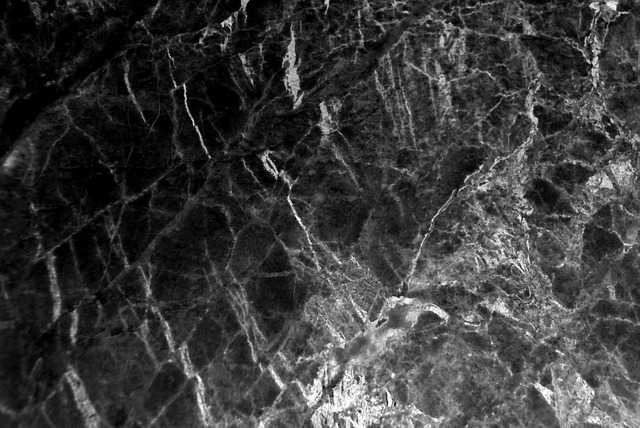What Is The True Appearance of Granite?
Granite ranks as one of the most prevalent igneous rocks, and many individuals believe they can readily identify it. However, due to its widespread use in constructions and countertops, other rocks bearing a resemblance are frequently marketed or labeled as granite. So, what does authentic granite genuinely look like?
Granite has a coarse-grained texture with large, interlocking crystals of translucent to off-white quartz, white to dark pink feldspar, and darker micas and amphiboles. Its crystals are roughly equal-sized and it is relatively light in color, lacking any structural features like layering, banding, or fossils.
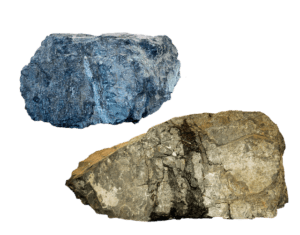
While all granite meets this general description, there is a pretty wide spectrum of granite that can look significantly different from one another. The difference in their appearance is driven by the mineralogy of each type of granite and, to a lesser extent, the subtle differences in their textures (crystal sizes).
Color is Driven by Mineralogy
The two major minerals present in all granites are quartz and feldspar. Each of these minerals can present itself in different ways. Feldspar, in particular, can look quite different from rock to rock depending on the specific type of feldspar that is present.
Quartz usually appears in granite as translucent, light gray, or off-white. In polished granite (as you have likely seen in countertops) it sometimes feels like you can see below the surface of the rock. This is because the quartz crystals are transparent or translucent, allowing you to see through them. Some varieties may have more impurities which make the quartz crystals an opaque gray or white color. In any case, quartz is a significant contributor to granite’s overall light color.
Feldspar has much more variety than quartz. It is actually a group of minerals that can be divided into two main types: plagioclase feldspar and potassium feldspar (K-spar). These two types of feldspar look quite different from one another, and can even vary significantly in appearance themselves. More than one type of feldspar may be present in granite.
K-spar is somewhat more abundant in granite than plagioclase, but both are common. For the purposes of identifying a rock as granite, distinguishing between the two is usually not necessary. However, there are some easy-to-spot differences that can help you see the difference and further understand your rock.
Both K-spar and plagioclase feldspar can be white, but k-spar is also very commonly salmon-pink or even darker pink, bordering on red. Plagioclase feldspar usually has visible striations in its crystals that may be visible if the individual crystals are large enough.
The most common accessory minerals (minerals found in relatively low amounts) in granite are mica and amphibole. The micas will either be muscovite or biotite, both of which form very flaky ‘books’ as crystals in the rock. Muscovite is very light or even translucent, while biotite is very dark. Amphibole is a large group of minerals, but will always look like dark, blocky crystals interspersed throughout the granite.
Texture of Granite
One of the defining features of granite’s appearance is its texture. All granites are coarse-grained, meaning that you can see the individual crystals in the rock. This texture is known as ‘phaneritic’, and it forms when magma cools slowly and allows the crystals enough time to grow before becoming completely solidified.
While all granites are phaneritic, it is also possible (and even common) to describe their texture in other ways. Rocks can be described as having more than one texture as long as the texture types are not mutually exclusive.
Most granite is ‘equigranular‘, which means that all of the crystals are approximately the same size. So, a granite rock may be described as ‘phaneritic and equigranular’ if you can see similarly-sized crystals with the naked eye.
Some granites can have a ‘porphyritic‘ texture. This indicates that there are larger crystals called ‘phenocrysts’ in a groundmass of smaller crystals. So if a granite has large feldspar crystals surrounded by smaller (but still visible) quartz and amphibole crystals you could describe it as ‘porphyritic and phaneritic’.
A Guide to Granite Identification
Granite’s prevalence and somewhat distinctive appearance might give the impression that recognizing it is a straightforward task. However, this common belief can sometimes lead to the misidentification of other rock types as granite. To ensure accuracy, it’s essential to adopt a systematic approach when identifying granite.
dentify granite, first ensure its color is relatively light. Then, look closely and make sure you can see individual crystals with the naked eye. Try to identify large amounts of light-colored quartz and feldspar, with smaller amounts of darker mica or amphibole. There should be no porosity or layering.
A rock must meet all of these requirements to be considered a granite:
- Igneous – Formed from cooling magma. Interlocking crystal grains.
- Coarse-grained – Phaneritic texture with crystals visible to the naked eye
- Felsic Mineralogy – High quartz and feldspar content
- Massive – No internal structures or layering
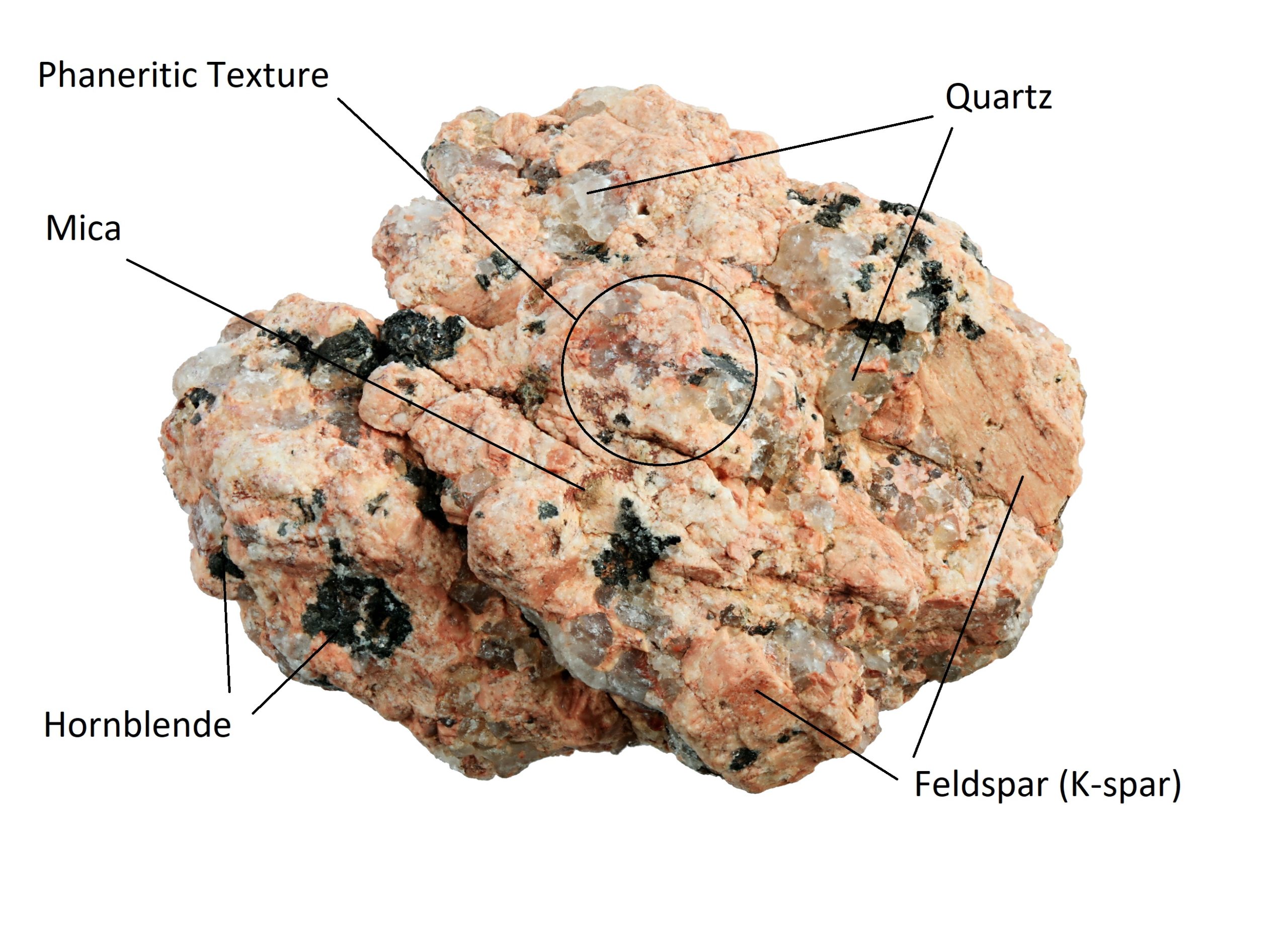
If your rock meets all of those criteria then it is very likely a granite, or at least something very closely related. Some rocks with mineralogies very similar to granite are considered ‘granitoids’, and for purposes of casual identification ‘granite’ is usually close enough.
What Is Granite Made Of?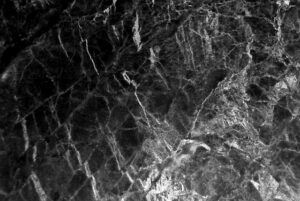
As I mentioned above, granite is largely defined by a specific mineralogy. All rocks are made from one or more minerals, and in order to fully understand a rock like granite, you have to know what those minerals are.
Granite is primarily made from large amounts of quartz and alkali feldspar, with smaller amounts of plagioclase feldspar, mica, and amphibole. The mineral composition of granite consists of 20% to 60% quartz, and 35% to 90% of the total feldspar must be alkali feldspar.
While this definition is very specific, most granite-like rocks do end up falling into this category. Without sophisticated methods for measuring mineral types and percentages it is impractical or impossible for us to determine if a granite-like rock falls into those specific percentage ranges, so it is sufficient to call anything reasonably close a ‘granite’.
Still, it is useful to know what some of those closely-related rock types (granitoids) are called and what their mineralogy looks like.
Granitoids are granite-like rocks with slightly varying mineralogies:
- Syenite – Granitic rock with less quartz
- Quartzolite – Granitic rock consisting almost entirely of quartz
- Diorite – Granitic rock with more plagioclase feldspar
Where Is Granite Found?
Granite, an abundant igneous rock, is prevalent on the Earth’s surface and constitutes a significant portion of the Earth’s crust. However, its presence is not ubiquitous.
Granite is typically encountered in mountainous terrains where subterranean bedrock has been forced to the surface. It also emerges in regions where erosion has exposed granite beneath shallower rock layers. Moreover, it is not uncommon to discover granite in riverbeds downstream from extensive granitic outcrops.
Because granite forms beneath the surface of the earth, the vast majority of it isn’t visible or accessible to us. But, through the tremendous mountain-building power of plate tectonics, large mountain ranges of granite are fairly common throughout the world. Granite is thrust upwards to the surface to form impressive mountains which endure for millions of years.
Granite is composed of relatively hard minerals (quartz and feldspar) which make it incredibly durable. Once it is exposed on the surface it takes a long time for it to break down. Pieces of granite can survive in a river for great distances, which is why it’s so common to find granite down river from its source.
In the United States, granite is most often found in mountainous regions like the Rockies and Appalachians, plus the ancient batholiths in the Midwest.
How Does Granite Form?
We’ve learned all about what granite looks like, what it is composed of and generally where it’s found, but I have only briefly touched on how it’s actually formed. The creation of granite is a fascinating process that always follows a few simple rules but can vary significantly in the details, which is the reason granite can look so different from one sample to another.
Granite forms from the slow cooling of felsic, silica-rich magma beneath the Earth’s surface. The felsic magma intrudes into shallower rock where it gradually cools, allowing the formation of relatively large crystals of quartz, feldspar, and accessory minerals like amphibole and mica.
Because the composition of the source magma is never exactly the same from one granite to another and the surrounding environment is always different, there can be quite a lot of variation in how the magma cools and the crystals form.
If the surrounding rock is relatively cool then the crystals formed on the edges of the igneous intrusion are likely to be smaller. Similarly, if the intrusion is very large then the crystals in the center of the magma body are likely to become very large because they have such a long time to cool down and crystalize. Those exceptionally large crystals give some types of granite a pegmatitic texture.
As the individual crystals of granite’s various minerals cool down, they eventually run into each other and they run out of room. Crystallization will continue until all of the magma is solidified, leaving behind interlocking crystals with virtually no porosity between them.
Because granite forms as one solid mass, it contains no internal structures like bedding or banding. It looks the same from all directions and you can’t tell which direction was ‘up’ at the time of crystallization. This is called a ‘massive’ rock.
What Is Granite Used For?
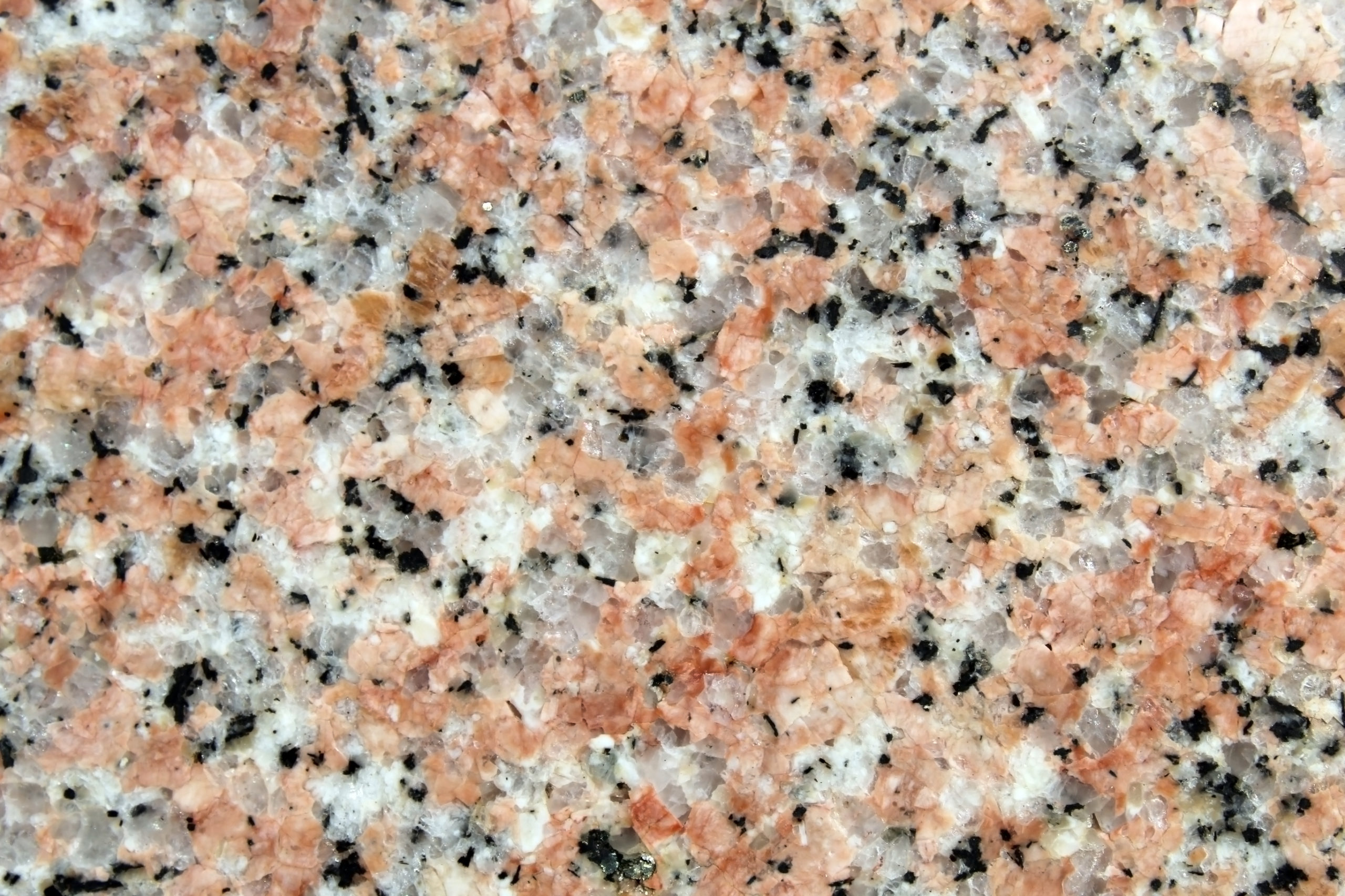
Chances are you are fairly familiar with what granite looks like because it is used so prevalently in modern life. Granite has been in use for thousands of years because of its durability, strength, prevalence, and striking appearance.
Granite is most commonly used for interior and exterior building applications. Highly polished granite is an extremely popular material for countertops, while rough-cut granite is one of the most prevalent components of buildings, bridges, and other structures.
Like most rocks, granite is very strong in compression. This means it can withstand a great deal of ‘squeezing’ without breaking, making it ideal for use in construction projects with large overburden stresses.
What really sets granite apart is its ability to accept a polish and its resistance to weathering. The highly polished granite countertops you’re used to seeing are made possible by the fact that quartz and feldspar are easily brought to a high shine. One of the biggest reasons granite is so popular as a building material is because it doesn’t break down in the rain, ice, and wind as easily as other rocks.
